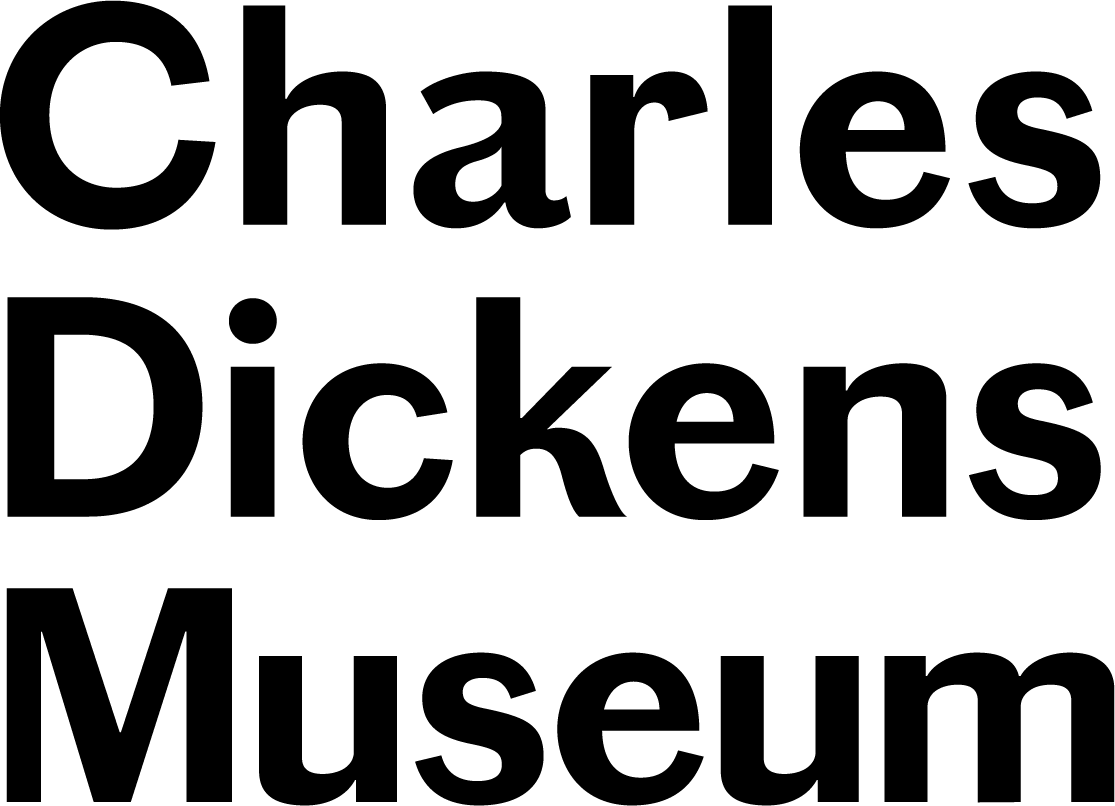Dickens's Favourite Flower by Jenny Hartley
Spring is on the way, and how better to greet it than with some flowers? ‘He loved all flowers’, Mamie Dickens wrote of her father, ‘but especially bright flowers, and scarlet geraniums were his favourite of all.’

At Gad’s Hill, the house in Kent he bought in 1857, he had geraniums in ‘a blaze of color’ as Mamie put it, in the front garden; he also had them in pots in front of the bay windows, as you can see in the famous picture of Dickens and his daughters. This was called a geranium theatre, geranium as show and drama, just the thing to appeal to Dickens. I was delighted to hear that the volunteers who look after the garden at 48 Doughty Street have been cultivating a geranium cutting from a Gad’s Hill descendant.

It turns out that Dickens was not the only admirer of these bright flowers. Geraniums – or should we call them pelargoniums? Properly speaking we should, as geraniums are never red, but let us stick with geraniums, as that’s how Dickens thought of them – were extremely popular in Victorian times. Gardening was taking off as a hobby for both middle and working classes; and geraniums were cheap and easy to grow. You didn’t need a big garden: a flower-pot or a window-box was enough. I think this is partly why Dickens was so fond of them. In his speech for the Gardeners’ Benevolent Institution in 1851 he expressed his admiration for those ‘who have no ground of their own [and] carry on their gardens in jugs and basins’.
Geraniums also had a flourishing life in the educational literature of the period. Children were taught the virtues of caring for them: when the plants do well, so do the children, probably due to lots of fresh air all round. Moral tales told of children behaving badly to a geranium, with titles like ‘The Broken Geranium’; or indeed about geraniums themselves behaving badly: ‘The Sulky Geranium’ for instance, who ‘didn’t like her pot of earth’ and ‘said she wouldn’t grow’. So she gets tied to a stick and put in a dark cupboard until she straightens up. My favourite in all this geranium literature is, unsurprisingly, Jenny’s Geranium, or the Prize Flower of a London Court from about 1869, a temperance novel about the evils of drink.

Frontispiece from Jenny’s Geranium; or, the Prize Flower of a London Court, (London: S.W. Partridge & Co, c 1869).
People often refer to the Victorian language of flowers, and it interested many at the time. But it could be complicated. Flowers often stand for more than one thing, so that geraniums are associated with comfort, but also with stupidity and folly. For Dickens, geraniums had positive associations. Think of Ruth Pinch for example, and the geranium button-hole which she makes for her brother Tom in Martin Chuzzlewit ‘to make him very smart and summer-like for the day’. Or think of David Copperfield, Dickens’s most autobiographical novel. The youthful David falls in love at first sight, as he walks with Dora in her father’s garden and admires the geraniums in the greenhouse. He reflects later: ‘The scent of a geranium leaf, at this day, strikes me with a half comical half serious wonder as to what change has come over me in a moment; and then I see a straw hat and blue ribbons, and a quantity of curls, and a little black dog being held up, in two slender arms, against a bank of blossoms and bright leaves.’ The sense of smell, that scent of geranium leaf, has the power to trigger memory, much as Proust’s madeleine dipped in tea would some seventy years later.

|
Further reading:
Kasia Boddy, Geranium (London: Reaktion Books, 2013).
Jenny Hartley’s article ‘Dickens and the Geranium’ will be appearing in a forthcoming issue of The Dickensian.
Museum Blog
This blog takes you behind the scenes at the Charles Dickens Museum, giving fresh insight on everything from discoveries new and old in our collection, to exhibitions, events and learning initiatives.
You’ll be hearing from a variety of Museum staff and volunteers, as well as guest curators, academics, artists and Dickens enthusiasts. Why not join the debate and let us know you thoughts on the latest blog by using our hashtag #CDMBlog

